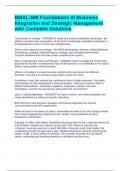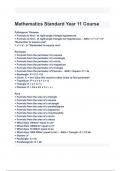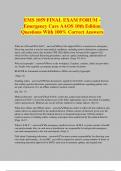Exam (elaborations)
Test Bank For Radiation Protection in Medical Radiography 9th Edition by Sherer |Chapter1-16|complete
- Course
- Institution
- Book
Test Bank For Radiation Protection in Medical Radiography 9th Edition by Sherer |Chapter1-16|complete
[Show more]












